This was published 5 years ago
First ever Boeing 777 donated to aviation museum by Cathay Pacific
By Michael Gebicki
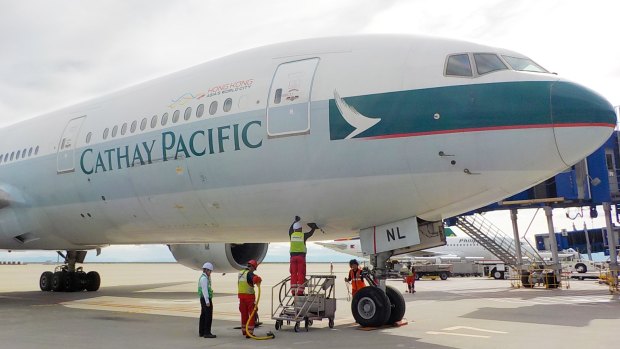
The first Boeing 777 has been donated to Pima Air & Space Museum in Arizona, one of the world’s largest historic aviation facilities.
Just days after the first static-test Boeing 777X rolled out of the Everett facility outside Seattle, Cathay Pacific announced the retirement of the very first-ever Boeing 777, precursor to the 777X.
On September 18, after almost two decades in the airline's fleet, that first Boeing 777 flew from Cathay Pacific's Hong Kong hub to Tucson Arizona, destined for that city's Pima Air and Space Museum. Cathay Pacific took delivery of the aircraft, line number WA001, in 2000. United Airlines had already been operating the 777 for five years, but Cathay's was the first Boeing 777 to take to the skies, originally used as a test aircraft by the manufacturer.
See also: What the F? Cathay spells its own name wrong on plane
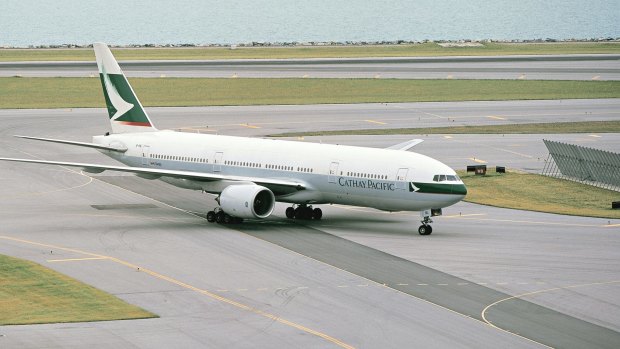
Cathay Pacific took delivery of the aircraft, line number WA001, in 2000.
The twin-engine, wide-body 777 is a significant aircraft, the world's largest twinjet and the first fly-by-wire Boeing. Early models were offered with large folding wingtips to allow the 777 to park at gates designed for smaller aircraft but no customers signed up for this option. Curiously, folding wingtips will re-emerge as an option with the 777X, although smaller than the original fold-ups on the 777.
Underlining the durability of the 777 design, the 777X is the name given to the upgraded 777-8 and 777-9 variants, featuring composite wings and GE9X engines and further technologies developed for Boeing's composite-aircraft 787. The static test 777X which recently emerged into the light of day is a non-flying model, built to assess the airframe, a precursor to the finished version expected to enter service in 2020.
The 777 has been the most successful wide-body aircraft ever, with close to 2000 orders from more than 60 customers. The most popular variant is the extended range 777-300ER, with the ultra long-range 777-200LR variant as the number one choice for many airlines looking for a marathon runner. The 777-200LR is the aircraft Qatar Airways uses on the world's longest flight, between Doha and Auckland, set to move to second place when Singapore Airlines begins its Singapore-New York flight in October 2018 aboard an Airbus A350-900ULR.
See also: Giant wings: Boeing largest ever twin-engine plane rolls out
Given its credentials, it is only fitting that the retiring aircraft will join the Pima Air and Space Museum's vast collection of helicopters, bombers, fighters, executive jets, light aircraft and passenger aircraft.
Innovative and historic aircraft often feature in aviation museums. Here are some that rewrote the aviation industry, or could have if they'd worked.
Concorde
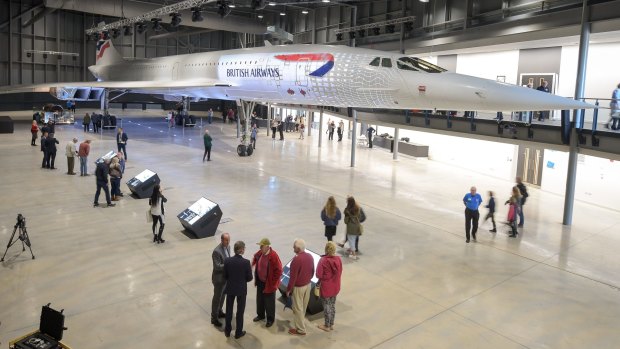
Credit: AP
Flying at supersonic speeds, the turbojet-powered aircraft ushered in a new era of aviation when it entered service in 1976. A joint project by the French aircraft builder Aerospatiale and the British Aircraft Corporation, only 20 Concordes were ever built, and the only two airlines to operate the aircraft, British Airways and Air France, required huge government subsidies to purchase them. Flying at an altitude of 60,000 feet, the delta-wing Concorde achieved speeds of Mach 2.04, almost 2200 kilometres per hour.
In July 2000 an Air France Concorde hit debris lying on the runway at Charles de Gaulle Airport, rupturing a tyre which struck the underside of a wing, resulting in a fire that caused the aircraft to crash with the loss of all 109 passengers and crew. The music finally ended in November 2003 when Air France and BA were no longer able to sustain the losses involved in operating one of the most exciting and beautiful passenger aircraft ever to take to the skies.
Where to see it
Le Musee de l'Air et de l'Espace
Paris Le Bourget, France
Royal Navy Fleet Air Arm Museum
National Air and Space Museum
Steven F. Udvar-Hazy Center
Chantilly, Virginia USA
airandspace.si.edu/udvar-hazy-center
Aerospace Bristol
Bristol, UK
See also: The last Concorde supersonic jet's new final resting place
Spruce Goose
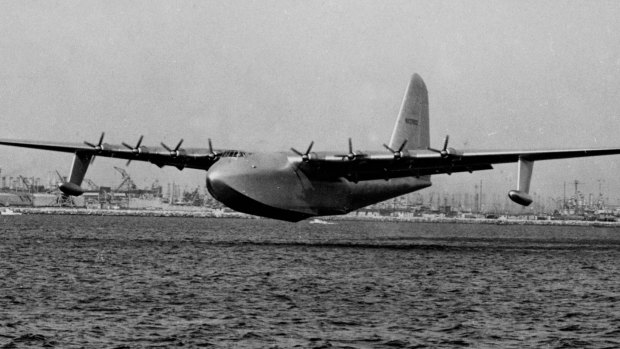
Credit: Evergreen Aviation Museum
One of the largest aircraft ever built, this giant eight-engine seaplane was conceived during World War II, when the USA needed to move large numbers of troops and tonnes of material across the Atlantic at a time when German U-boats were preying on Allied ships.
The creation of eccentric entrepreneur and aviator Howard Hughes, the aircraft was built entirely from wood due to wartime restrictions on metal usage. It only ever flew once, in 1947 when it was airborne for just over a kilometre with Hughes at the controls. Its wingspan of 97.75 metres is 17 metres greater than that of an Airbus A380.
Where to see it
Evergreen Aviation and Space Museum
McMinnville, Oregon, US
evergreenmuseum.org/the-spruce-goose
Wright Flyer
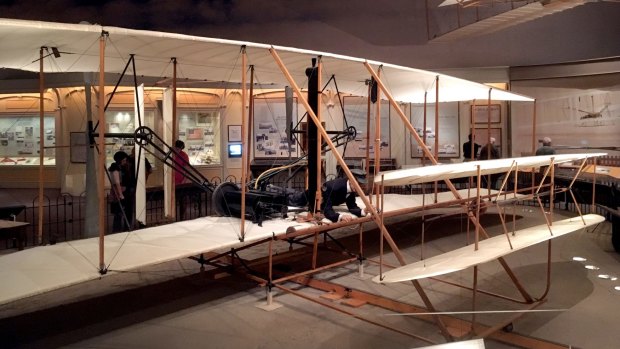
Credit: Craig Platt
It was this flimsy looking aircraft that proved the possibility of powered flight by a heavier-than-air flying machine. The Wright Flyer, the Wright brothers' first powered aircraft, took to the skies on the beach at Kitty Hawk, North Carolina, on December 17, 1903, travelling 36 metres during its maiden 12-second flight. The aircraft was damaged that same day when a gust of wind overturned it and never flew again. Repaired and with new fabric, this is the aircraft that spawned the aviation era.
Where to see it
National Air and Space Museum
Washington DC, US
First Boeing 747
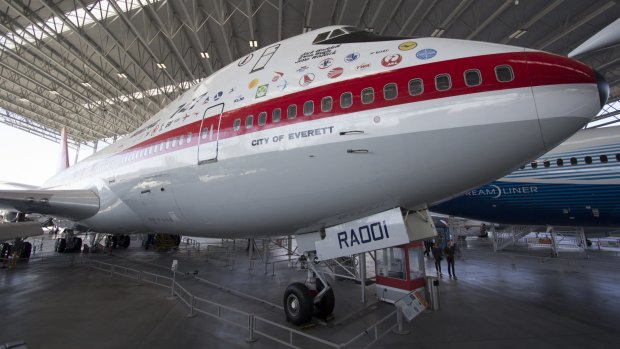
Credit: Shutterstock
RA001, the Boeing 747 on display at the Museum of Flight in Seattle, was the first 747 to fly, in February 1969. It was a revolutionary aircraft, twice the size of its nearest competitor and so advanced it would take almost 40 years before another big double-decker four-engine challenger arrived. The 747 was designed as a stopgap, expected to last as a passenger aircraft only until supersonic aircraft dominated world travel, but the jumbo outlived them all. Although airlines are now retiring their 747s, during their working life Boeings jumbos have carried over 3.5 billion people, more than half the world's population.
Where to see it
Seattle Museum of Flight
Washington, US
Qantas Boeing 747-238B
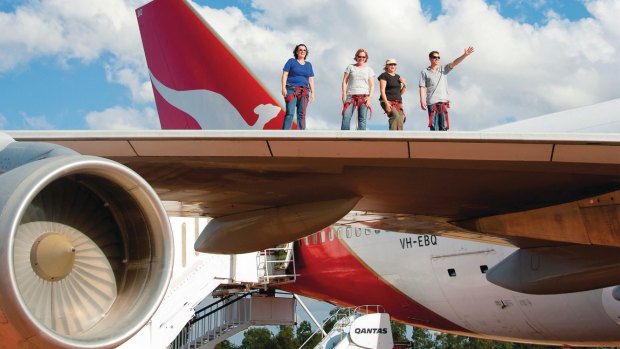
Credit: Tourism and Events Queensland
"City of Bunbury" was delivered to Qantas in December 1979 and retired from the fleet in 2000. During its working life with Qantas it is estimated the aircraft carried over 5.4 million passengers and flew the equivalent of 2000 trips around the world. This is the only surviving Boeing 747-200 with Rolls Royce engines.
Where to see it
Qantas Founders Museum
Sir Hudson Fysh Drive, Longreach, Queensland
See also: Aussie town where you can walk on the wings of a Qantas 747
Catalina Flying Boat
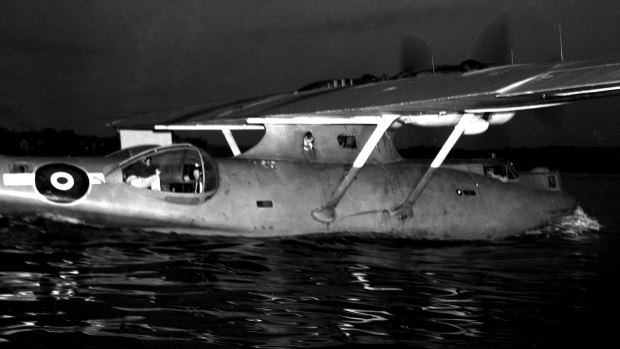
Credit: Col Gilbert
Catalina flying boats were chosen to maintain a vital air link between Australia and the UK during World War II, flying non-stop from Western Australia to Colombo in Ceylon, as Sri Lanka was known at the time. Travelling at about 200 kilometres per hour the Catalinas would take an average of 28 hours to complete the journey, but up to 32 hours nine minutes when winds were unfavourable, setting a record the longest time ever for a scheduled commercial flight that remains unbroken. The five Catalinas used for this service were scuttled at sea under the lend-lease agreement with the US Government, however Qantas subsequently acquired seven former RAAF Catalinas and used them for services throughout the South Pacific, one of which sits at the Qantas Museum.
Qantas Founders Museum
Sir Hudson Fysh Drive, Longreach, Queensland
Sign up for the Traveller newsletter
The latest travel news, tips and inspiration delivered to your inbox. Sign up now.